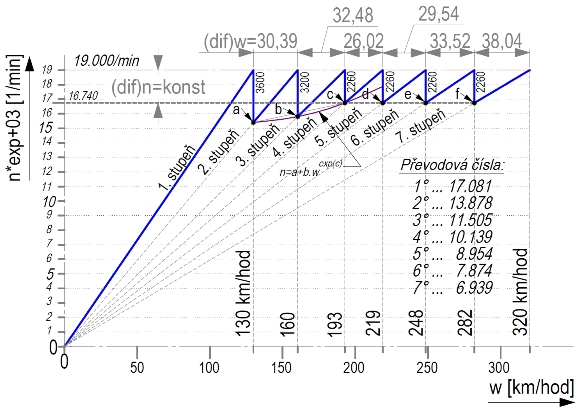Has anyone been able to show that the Helmholtz does provide a smooth transition between "on" and "off" throttle or is it anecdotal? I've seen this fact quoted in many articles and posts but without any more proof than stating it is so. It just seems counter-intuitive to me that with the chamber size and volume of gasses involved you could achieve much of a positive effect (but fluid dynamics can often be counter-intuitive). Just by eye-balling; the Helmholtz seems to add at maximum 15% to the total exhaust volume. Even considering full exhaust flow pressure, is that going to result in a significant "smoothing" effect? I know F1 is all about the incremental benfit each small change brings, but to me the exhaust flow smoothing effect seems too small even for F1.raymondu999 wrote:The Helmholtz provides a smooth transition between "on" and "off" throttle, in terms of exhaust gases. It's a partial "off throttle blowing" - in effect. The effect of adding the Helmholtz is in the same direction as the mapping - to keep stuff flowing out of the exhaust.
They debuted the Helmholtz in Silverstone IIRC - before said mapping.
Is it not possible the the Helmholz is actually related to the engine map and exhaust blowing? In that, it is being used for tuning at a certain RPM range and this is needed due to compromises made in the exhaust geometry to improve exhaust blowing overall? The Helmholtz tuning in this case would be for RPM values where exhaust blowing is less critical, i.e. high rev range.
Or another, maybe not so serious suggestion. Helmholtz resonators are often used to reduce unpleasant exhaust noise in road-going vehicles. In F1 unpleasant exhaust noise would be when your competitors and the FIA can clearly hear you're using excessive exhaust blowing - reduce the noise with a Helmholtz chamber!
Bryan


